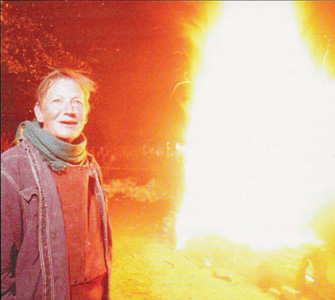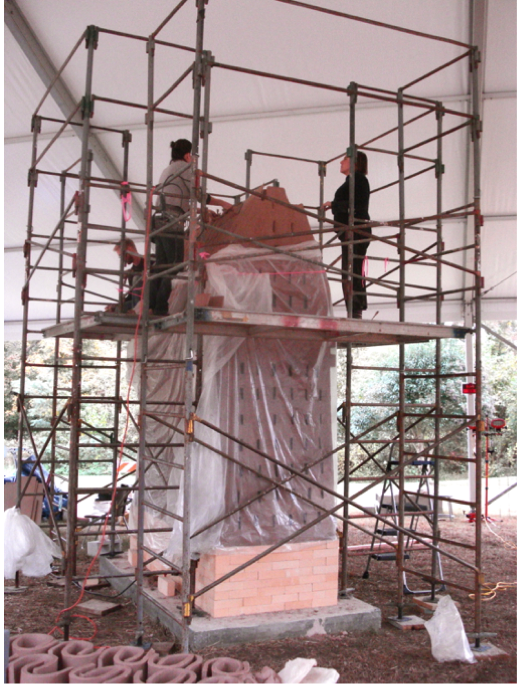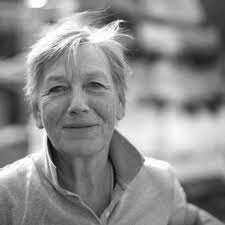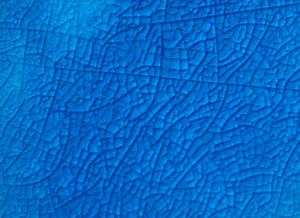Nina HOLE (1941-2016)
|
REMEMBERING NINA HOLE NCECA is saddened to learn of the passing of Danish ceramic artist Nina Hole over the weekend. Born in Denmark in 1941, Nina studied at the Art and Craft School, Copenhagen and Fredonia State College, New York. Nina, who is to become an Honorary Member of the Council during the 2016 conference in Kansas City, was an original creative voice in world ceramics. She was a founder of Clay Today in a cooperative studio located in Funen, at Tommerup Ceramic Studio. Hole was a primary force behind the establishment of The Ceramic Museum of Denmark, opened in Middelfart in 1994, where she also served on the museum board. Shortly afterwards, Nina’s energy and intelligence helped to create the International Ceramics Center – Guldagergaard. Known for her fiery enthusiasm for clay, creation and community, in addition to her personal record of artistic accomplishment, Nina established opportunities for Danish ceramic artists to join the international scene of ceramic art since the 1990s, when she first gained recognition, for her enormous, burning works she called Fire Sculptures. Synthesizing aspects of ceramics and performance, Hole wrote, “I have developed a concept of constructing large outdoor sculptures that include all the elements: the burning, the structural surface, the form, controlling the fire, and change.”
|
At the outset of her training, Nina felt that the pedagogy of ceramics in Denmark was too rigid. She bridled against rules dictating acceptable notions of form and surface. Nina’s imagination to push her work beyond convention also made her open to experiencing new cultures. She came to the U.S. in the 70’s and found a sense of connection with the open-mindedness of the American ceramic scene of that era wherein experimentation with material, process and form was encouraged. The decade she spent in the U.S. led Hole to recognize more vividly, the deeply embedded roles of memory, native culture, and terrain in her artistic ambition. Particularly embedded was the interrelationship of tower structures of old churches with the natural landscape. Explorations of tensions and harmony between nature and the built environment remained central to the evolution of imagery in many of her Fire Sculptures. Hole often worked with the help of community members and workshop volunteers. She integrated kiln and sculpture into a single structure incorporating a firebox beneath her works. Hole’s first Fire Sculpture, The House of the Rising Sun, was built on Janet Mansfield’s farm in Gulgong, Australia in 1994. Hole’s initial collaboration in Fire Sculpture research occurred with artist, Jørgen Hansen. Another important collaboration included her work with American artist and kiln designer Fred Olsen. Nina’s technical breakthroughs grew out of experimentation with construction techniques and materials. This included use of insulating fiber blanket made accessible to artists following research and application in the design of high tech furnaces and the space industry. Like California artist, John Roloff who began to create site specific fired earth works in the mid-1980s, Hole used fiber blanket to integrate the firing process in the creation of new works. Hole used fiber to envelop large ceramic sculptures constructed in the landscape using a system of baffle-like structures throughout her monolithic forms. Her work ultimately influenced thousands both by its public nature as event and spectacle, and also through her enduring zeal for travel, teaching, and collective creativity. Learn more about Nina’s life and work at http://www.ninahole.com/. Hole’s award will be presented at the Kansas City Convention Center on Friday afterno on, March 18, 2016. NCECA hopes that her many friends, admirers and colleagues will be in attendance to celebrate her life and work.
|
Hommage
L'Académie présente ses hommages aux membres disparus.
(read more...)




